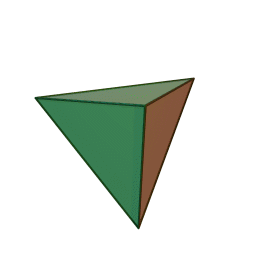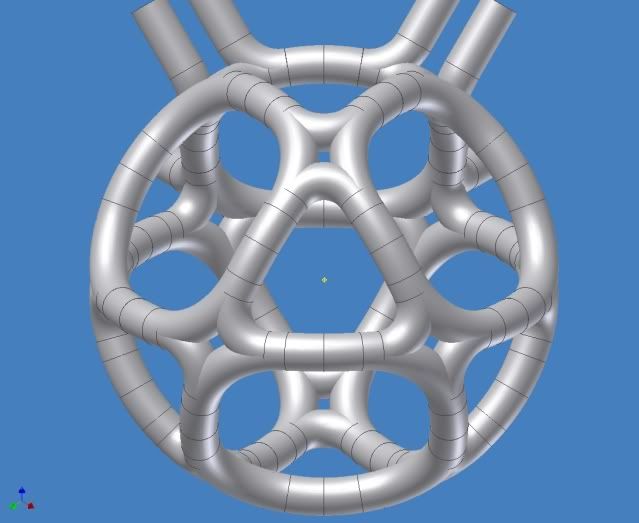Dan (which, by the way is my name too):D Tibbets wrote: Another factor which may also be very significant is the shape of the cusp throat as it narrows into the cusp. The Wiffleball effect pushes these throats out and flattens them to almost a flat surface (spherical towards the center). This is what effectively decreases the leakage. The cusp itself (where opposing magnet field lines are parallel to each other is not changed.
So what happens when the basic intersection of the opposing magnetic fields are curved away from the center. The cusp throats would seem to be steeper, but possibly longer (and thus not compressed outward to the swmaller diameter of the cusp throat, ie- the Wiffleball effect is not as pronounced). What I wonder about is how this different geometry (if real) will respond to the inflating Wiffleball effect. If there is an effect, then it would be most significant with bowed (curved towards the center) magrids, or, as in the above examples, the magrids are actually curving away from the center at the corner regions. The first inward curvature may compromise the face centered point cusps, while the outward curvature may compromise the corner point/funny cusps.
This would be true of the standard cuboctahedron as well. The corners are just wider throats, that are curved away from the center. I fail to see how the Wiffleball effect would be compromised.













